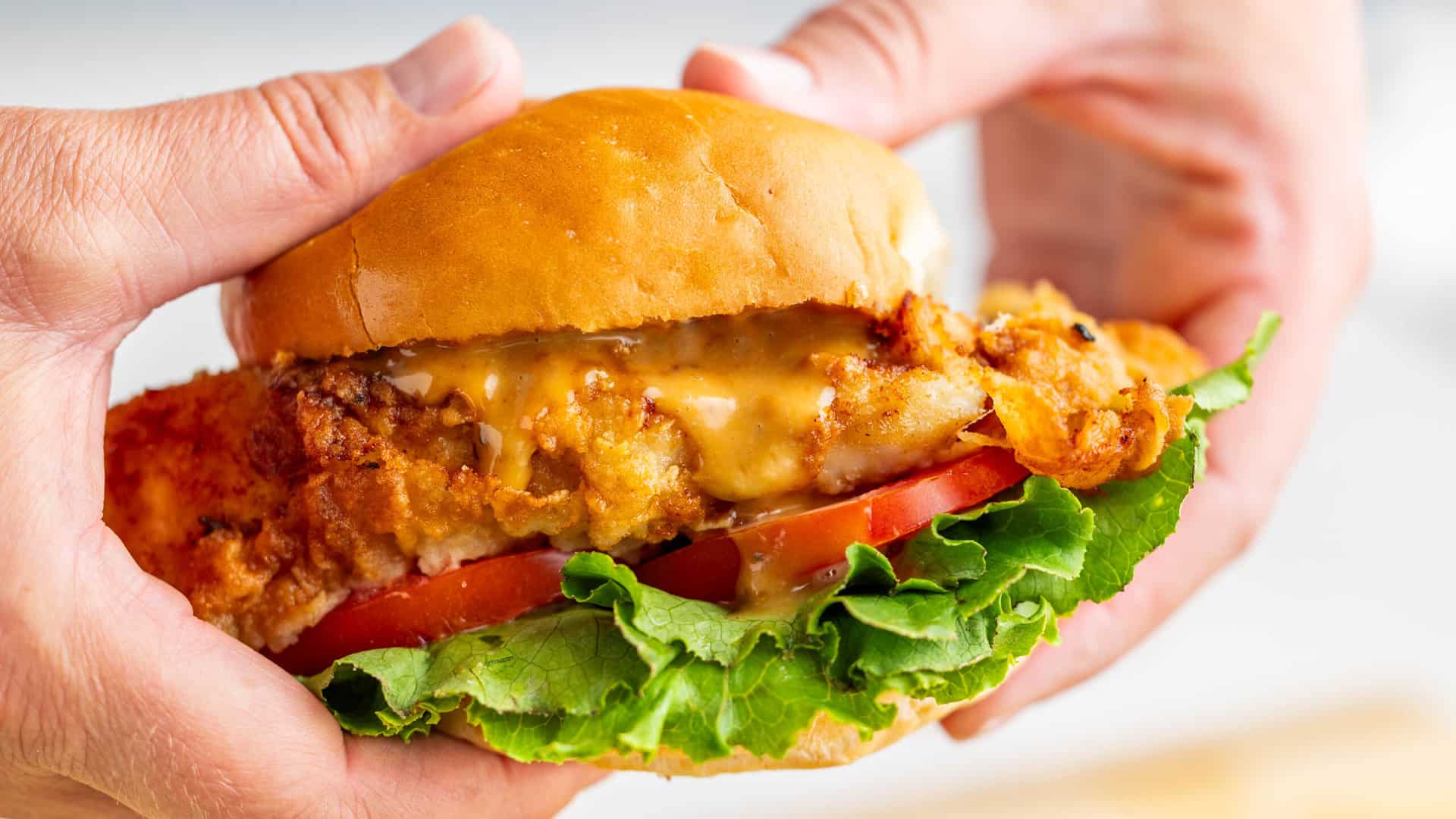For a swath of the world stretching from Sweden to Siberia; by way of the Baltics, Germany, and Poland; and throughout the Atlantic to Jewish delicatessens, rye bread carries which means, reminiscence, and historical past.
There are a dozen broad lessons of rye breads, however dig deep into any area, and the subclasses develop and develop. To get a way of what number of areas flip to rye for his or her breads—and to start to understand what number of types of rye bread there are—head over to The Rye Baker and scroll by way of the classes on the suitable of the web page.
I’ve introduced Germans to tears with a style of a German rye with a lot “heimat” that their minds cross the ocean at first chunk. I’ve additionally introduced Danes to tears (of laughter) as I’ve tried to pronounce Rugbrød—my loaf is far more genuine than my pronunciation. In Finland, rye bread is so central to id that in 2017 a nationwide referendum elevated Finnish rye to the place of the nation’s most national food. (Even in Finland, nonetheless, there are a number of forms of rye bread.)
Do this thought experiment to get a way of how a lot which means a rye bread can maintain. If given the selection of consuming a heat, stacked pastrami sandwich, would you select rye bread or Marvel Bread? In case you are able to go to the mat to defend a Jewish rye for that sandwich, then you might be beginning to get it.
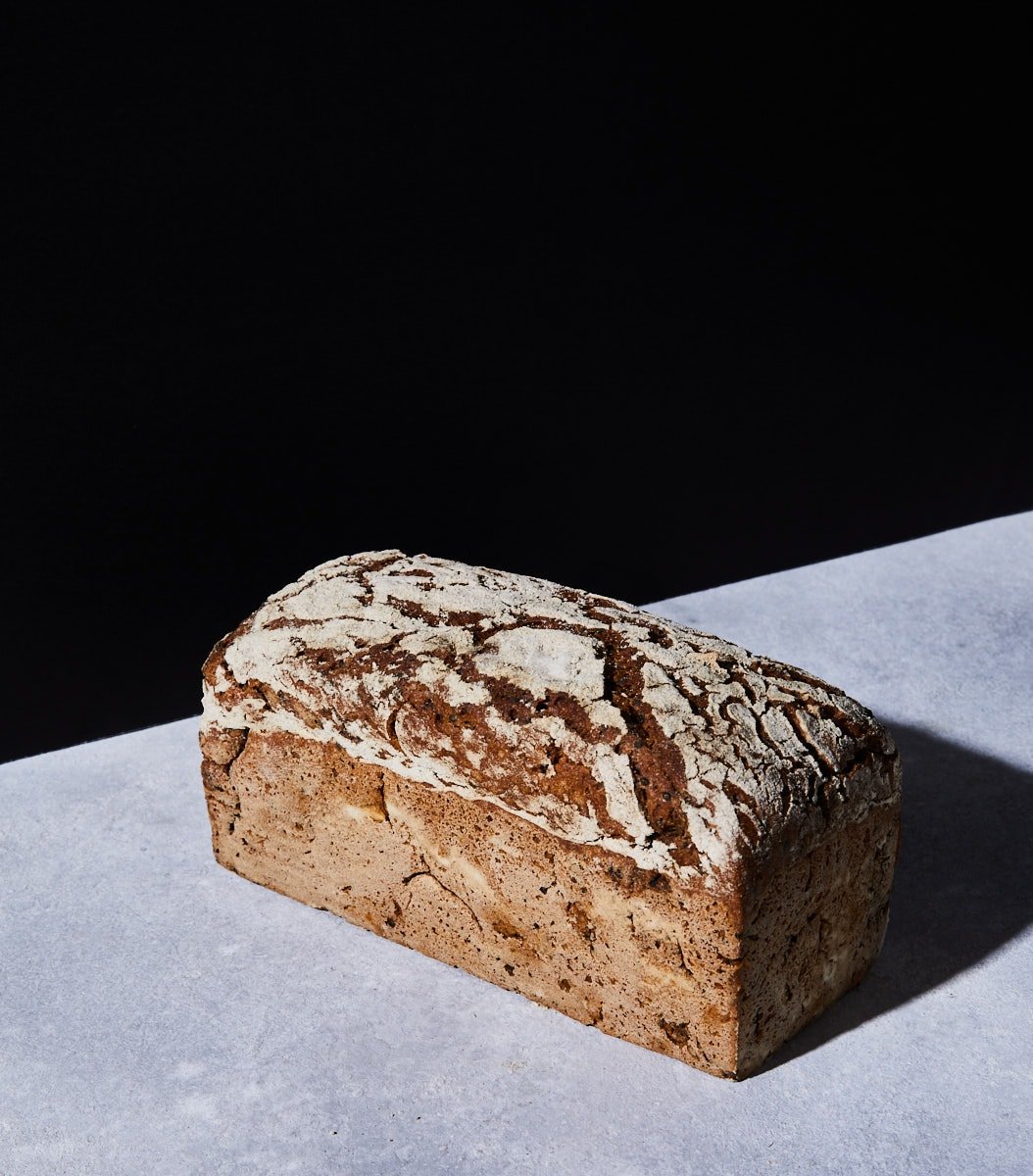

The Ecology of Rye Nations
One of many issues I discover most fascinating about meals and tradition is the interaction between geography and what folks eat. For example, wheat was first grown within the Center East. Center Easterners eat wheat bread: usually pita and different flat breads that may be baked in a tandoor-like oven. As wheat-growing unfold, wheat breads developed to replicate native cultures: Armenian lavash, South Asian naan, Persian barbari, and what we now name Italian bread. (For extra on the domestication of wheat and subsequent domestication of sourdough cultures to make wheat dough rise, you’ll must borrow or purchase a duplicate of Sourdough Culture: A History of Breadmaking from Ancient to Modern Bakers.)
Due to its plentiful and powerful gluten content material, wheat breads are mild and ethereal, particularly when in comparison with breads fabricated from barley, rye, or oats. However wheat vegetation are priggish. They should have simply the correct quantity of sunshine, heat, and rainfall. If the local weather is a shade too damp or too cool, your bread should be constructed from one other grain.


Rye, in distinction, is as robust because the Vikings. Based on the Handbook of Plant Breeding, rye can deal with drought, sandy soil, acidic soil, or poorly ready soil. Rye could be planted within the fall and it’ll fortunately survive the winter. Even whether it is buried in snow for 3 months or extra, it is going to lie dormant. As quickly because the soften comes, it start rising anew. In spring, rye’s inexperienced leaves are lucious and vibrant, providing hope on the horizon that there shall be one thing new to eat moreover a softening root vegetable from the cellar.
The dividing line between international locations and cultures that eat wheat bread individuals who love rye is all a perform of local weather. Or, what the local weather was traditionally.
Wheat Gluten vs. Rye Gluten
I’ve learn concerning the biochemistry of rye breads a dozen occasions and it has by no means actually sunk in. I simply know that rye doughs are sticky, don’t rise effectively, and in the event that they aren’t dealt with appropriately, come out gummy. I’m utilizing this chance to attempt as soon as once more to determine it out after which clarify it in a manner that I feel will make sense to others. (I belief loads of Maurizio’s devoted readers will share ideas on how effectively I’ve succeeded within the feedback part. Rye elicits opinions!).
Wheat bread, naturally, is constructed from wheat flour, which has sturdy gluten. Whereas gluten energy varies amongst types of wheat, when in comparison with rye, all wheat has stronger gluten than rye. Sturdy gluten networks in dough could be developed by kneading, stretching and folding, or a protracted autolyse. Wheat’s gluten turns into a good, fibrous web that may stretch with out tearing. Consider a window-pane check in your dough or a super-thinly stretched pizza crust as proof. Carbon dioxide and water vapor produced by breathing yeast cells shall be held in balloons of that gluten. Wheat bread rises as trapped gases combating their option to rise into the ambiance are thwarted inside gluten cells.
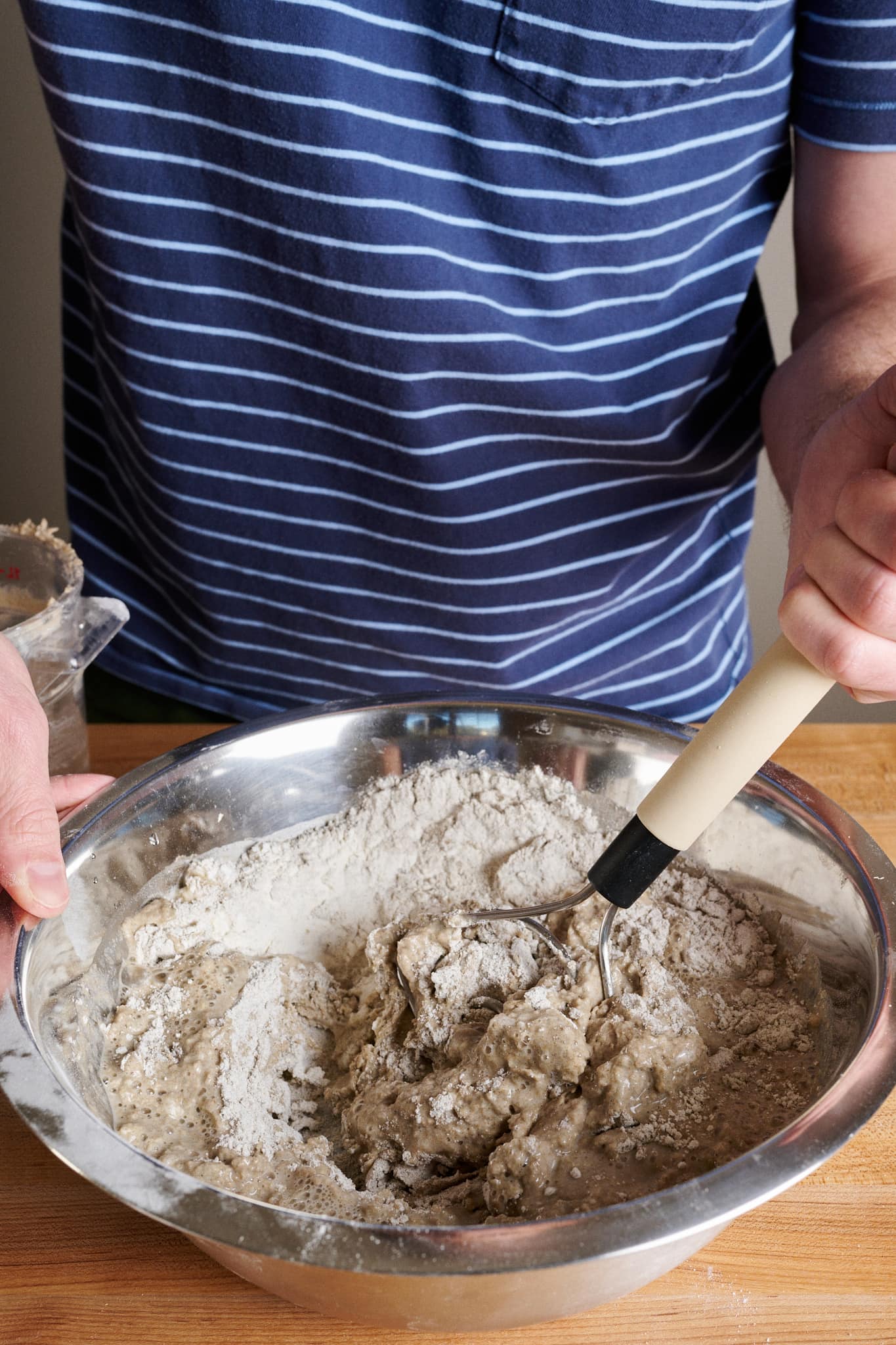

Rye flour has gluten, too. Sufficient that I’ve made multiple particular person with gluten intolerance sick after consuming my rye breads. II gained’t be operating that experiment any longer.) Rye gluten just isn’t sturdy sufficient, nonetheless, to carry dough aloft whether it is inflated with carbon dioxide and water vapor by breathing yeast cells. What rye has as a substitute of sturdy gluten to assist it rise are starches that may be gelatinized. Gelatinized cells can maintain gases and a rye bread could be leavened, however starchy gels are usually not almost as elastic as these fabricated from wheat gluten. The objective of rye bakers is to have these gels soak up a whole lot of water, forming a dense, mud-like ooze that may lure gases inside it. Retaining these starchy gels intact, although, is a tough dance.
The primary class of compounds to maintain monitor of are known as pentosans. If you happen to can recall the method for the fundamental sugar glucose (C6H12O6) you’ll discover that it’s a ring with six carbon atoms (C6). Pentosans are 5 carbon carbohydrates (C5H8O4). Pentosans are plentiful in rye flour, and right here is the half that issues to bakers: pentosans soak up water at greater than 10 occasions their weight. As soon as dissolved they swell and vastly enhance dough viscosity. Viscous dough is tough to form, however it’s a good factor to purpose for in rye bread. All that cohesiveness is what permits rye doughs to rise. Fuel bubbles could be trapped inside a dough wealthy in pentosans. Furthermore, all that absorbed moisture retains rye breads from changing into stale for days, and even weeks.
Biology of a Rye Seed
Manipulating rye flour to make a assured gel that may in flip make a rye bread with a proud, not gooey, crumb requires mastering embryology after which biochemistry. Grasp with me. I’ll attempt to make this handy.


Have a look at the world by way of the lenses of a rye seedling. From the angle of a seed, the introduction of water to a dry pellet of rye is a sign to get shifting, and shortly. SPROUT!
Each grain of rye holds an embryo and a lunchbox filled with starch. Starch is helpful for storing power and a seed wants power whether it is to make shoots and leaves. The lunchbox can also be stuffed with amylase enzymes (the identical amylase enzymes present in diastatic malt, a typical ingredient to assist spur fermentation in bread dough). Amylase is a biochemical knife and fork: when it’s moist, it cuts starches into smaller, bite-sized sugars. Even we people can really feel the jolt once we soak up a mouthful of tremendous sugar.
When the temperature and moisture are proper, rye embryos take off within the blink of a watch. Evolution favors seeds that break from the beginning line the minute a heat rain alerts the beginning of a race for rising area. The race is gained by seeds that pull out their amylase and begin breaking down starch on the first signal of moisture. A quick embryo that’s sucking in sugars and placing its cell equipment to work would be the first to provide roots and shoots.
Rye flour is made by milling the seeds of rye vegetation. Rye flour, as you in all probability suspect, is stuffed with starch. Amylase enzymes are additionally current, nonetheless, simply as they had been in seeds nonetheless on their stalks. The enzymes neither know nor care whether or not they’re in a seed or in flour. The job of an amylase enzyme is to transform starch to sugar as quickly as it’s moist. When rye flour is hydrated, due to this fact, amylase enzymes break down starches as a result of they’re doing the job nature requested them to do.
Nonetheless, whereas amylase exercise is essential for seed progress, an excessive amount of of a very good factor can current issues in rye bread.
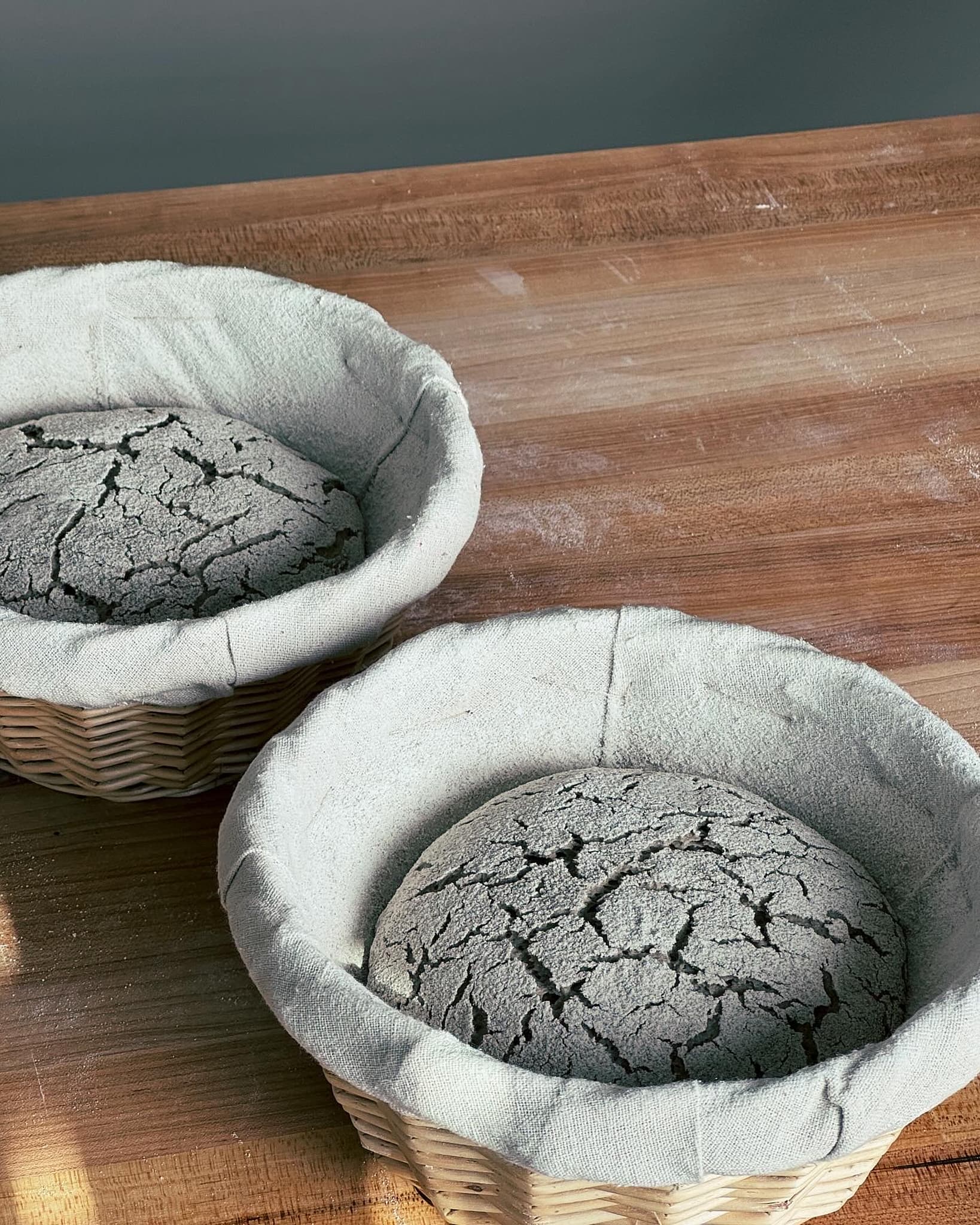

Tips on how to Bake a Tall Loaf of Rye Bread: Managing Starch Assault
In rye dough, a small quantity of enzymatic exercise—which turns starches into fermentable sugars—is an effective factor. It ends in a taller loaf and makes the bread style candy. If moistened rye flour is given an excessive amount of time to ferment, nonetheless, amylase will degrade rye’s starches. The starch is not going to soak up water within the anticipated ratio. Consequently, the bread’s inside shall be excessively moist and gummy, sticking to the knife because it’s sliced. Moreover, the loaf could have a really dense crumb and usually a raised roof, also referred to as the dreaded “flying crust.” Sadly, there shall be an air hole of an inch or extra between a skinny crust above and a paving stone under whose cement-like texture refuses to dry irrespective of how lengthy it bakes.
The rye baker has to decelerate the enzymatic destruction of starch so as to shield the longer term manufacturing of gelatins. Fortunately, there’s a solution: impede the amylase by acidifying the dough and reducing its pH. The improved presence of hydrogen ions slows the enzymatic breakdown of starch by bending the tines and twisting the blade of amylase’s fork and knife. What’s one of the simplest ways to make acid? A really ripe sourdough starter and a big share of prefermented flour.
Listed here are the important thing factors to baking a tall loaf of rye bread:
- Rye flour has low portions of sturdy gluten however can stand tall if its pentosans are gelatinized.
- Keep away from starch assault by deactivating rye flour’s amylase enzymes by reducing the dough’s pH earlier than an excessive amount of starch is degraded.
- Elevated dough acidity additionally improves the swelling energy of pentosans and will increase dough viscosity, which aids loaf quantity and helps to keep away from an excessively dense inside.
- Due to the acidifying advantages of sourdough, most conventional rye breads are made with sourdough versus industrial yeast (although, typically additionally with immediate yeast as a hybrid dough).
Why Rye Bread is So Good With Combine-ins
All that obtainable fermentable sugar in rye flour consumed by sourdough yeasts and micro organism has necessary implications for bakers.


First, extra obtainable meals for microbes means rye breads usually proof extra shortly than sourdough wheat breads. Second, explosive microbial exercise normally ends in extra taste. Rye breads have excessive ranges of sugar as a result of the motion of amylase enzyme converts starch to sugar. However it additionally has extra bitter flavors as a result of a whole lot of sugar produces a whole lot of motion from micro organism. Combining the acids produced by partying Lactobacilli and sugars generated by amylase enzymes and bread made solely with rye flour, water, salt, and sourdough goes to be a cornucopia for the senses. It’s beginning to get clearer why northern Europeans within the rye belt are so captivated with their bread. Typically, they assume, wheat bread is just a little boring.
The mixture of candy and bitter signifies that sourdough rye bread could be paired with a wide selection of add-ins: coriander, fennel, cardamom, citrus, espresso, chernushka (nigella), cocoa, molasses, caramel, chocolate, cooked complete grains, sunflower seeds, flax seeds, pumpkin seeds, and naturally, caraway.
Many People confuse the flavour of caraway with that of rye, and on the very least, many assume that rye bread has to include caraway seeds to be genuine. It isn’t completely clear why American rye breads include a lot caraway (please enlighten us if you happen to assume you realize), however one model I’ve come throughout goes like this. Within the colonial U.S., rye was a security crop. You might depend on it surviving a chilly New England winter. Breads referred to as “Rye and Indian” had been usually made with a mix of rye, wheat, and corn flour relying on their availability. (See Sourdough Culture for a recipe for Rye and Indian and a fuller rationalization of early American breadmaking.)
As Pennsylvania after which midwestern fields burgeoned, farming New England’s rocky and hilly fields grew to become uneconomical. Pennsylvania and the Midwest are hotter and dryer than New England. Wheat does simply tremendous there. As wheat manufacturing displaced rye manufacturing, the value of wheat undercut rye, which grew on far fewer acres. What we now consider as Jewish rye bread contained the next and better proportion of wheat flour. Based on Amy Emberling, the rye baker at Zingerman’s, caraway was added to compensate for the relative blandness of white breads to palates accustomed to darkish, dense ryes from the previous nation. The extra wheat flour, the extra caraway. Caraway rye, which is actually overwhelmingly wheat bread, persists within the U.S. to today.
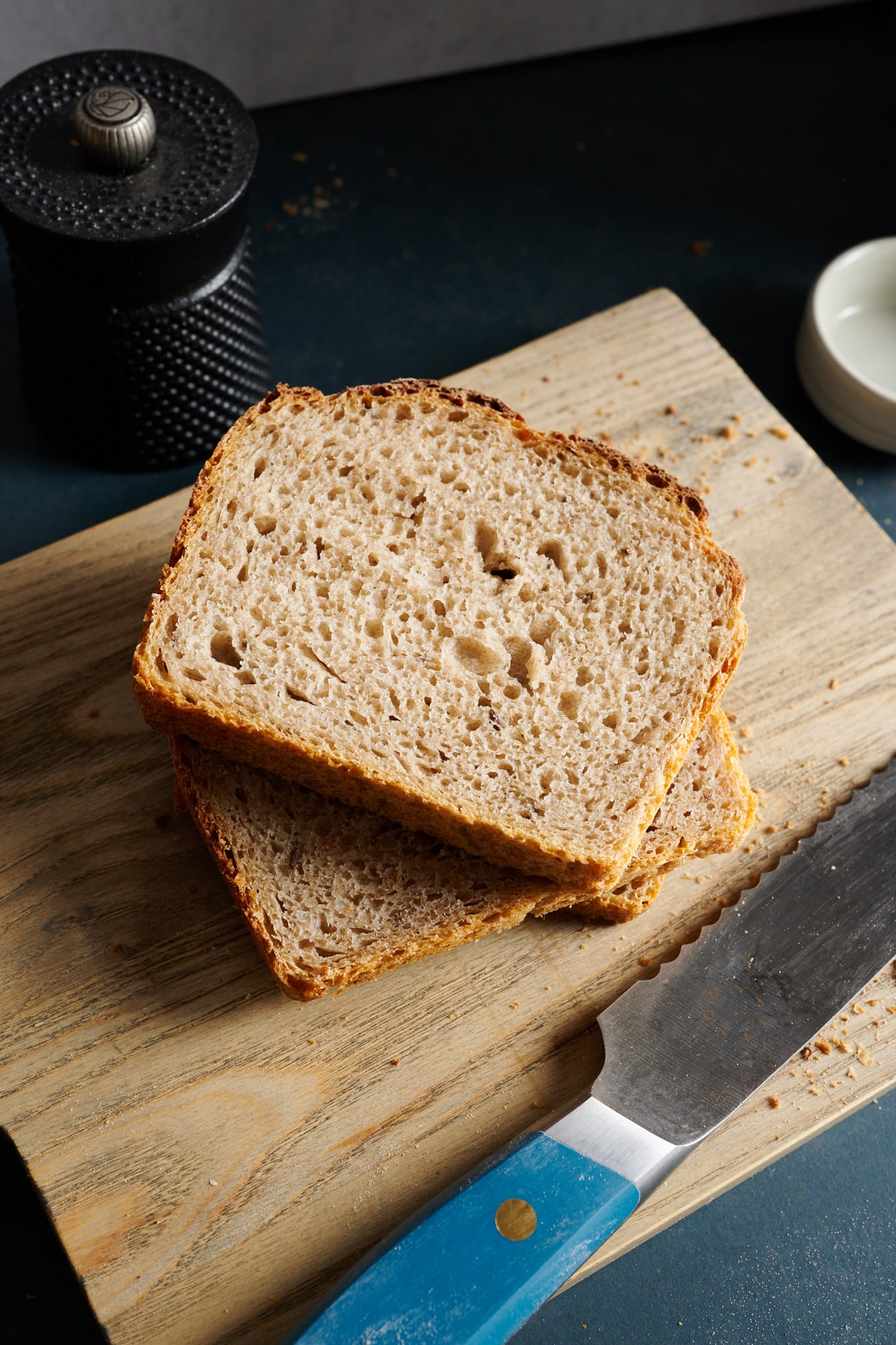

In truth, we have now our very personal model of a sourdough Gentle Deli Rye with caraway (see above), and never as a result of it needs for taste—it has loads of that—however as a result of when used judiciously, caraway can improve the general taste profile. Plus, it’s excellent for a pastrami sandwich.
Rye vs Wheat and Capitalism
Rye bread is tough to mechanize. The dough is sticky and heavy, making it tough to knead and even tougher to wash up after. Many rye breads are baked at low temperatures for lengthy intervals to offer time for moisture launch. Even after they arrive from the oven, they need to cool for no less than a day earlier than being sliced as further moisture strikes from the crumb by way of the crust. And as proven above, among the finest methods to inhibit starch assault in rye dough is using sourdough cultures. Sourdough is leisurely in comparison with yeast.
Every little thing about genuine rye bread is sluggish when in comparison with wheat bread. Wheat bread could be combined in high-speed mixers, doped with giant portions of economic yeast, and rammed by way of a steady, high-temperature oven. Even cooling occasions are shorter for wheat bread than for rye. Turning out extra bread in a shorter time frame is the important thing to promoting extra bread. There’s revenue in pace.
To get pleasure from all of the flavors of sourdough rye bread you will have to hunt out bakeries in America doing it the old school manner, or go to Europe and discover an artisanal bakery with bakers nonetheless utilizing their arms. Or, after all, make your individual Rubgrod with a mixture of rye and complete spelt flour with darkish beer. Darkish and wealthy, supposed to be sliced skinny for Danish smorrebrod (open-faced sandwiches).
Rye FAQs
What’s the distinction between white rye, medium rye, and darkish rye?
King Arthur Baking has an in-depth explainer on types of rye flour, however here’s a abstract. White rye flour (mild rye), like white wheat flour, has had the entire germ and bran eliminated. Solely the starchy endosperm of the rye kernel stays. Medium rye flour has a few of the bran included. It’s darker and extra flavorful than white rye. Darkish rye flour normally means complete grain rye: bran, germ, and endosperm are all there. However there isn’t a customary classification, so some flours known as darkish rye have had a few of their bran eliminated.
What’s pumpernickel flour?
Pumpernickel is the actual deal. Pumpernickel flour incorporates all the things that was in rye seed: bran, germ, and endosperm. It’s usually coarser than white or medium rye, darker in coloration, and really wealthy in taste.
What’s Subsequent?
If you wish to dive into the world of rye, attempt your hand at our freeform Sourdough 90-Rye, which requires 90% whole-grain rye, a ripe sourdough starter, and over 40% prefermented flour as a result of, as you’ve simply discovered, we have to stave off that starch assault. The aspect impact? An extremely wealthy, earthy, and knock-your-socks-off rye bread that’ll impress even your European neighbors.
Here’s a dictionary of German bread names that covers essentially the most common phrases. Nonetheless, there are tons of of species.
For the actually devoted, there’s a complete lot extra you can be taught concerning the interaction of starch, enzymes, pH, acidity, water soluble vs. water insoluble pentosans, bacterial counts, ash content material, salt focus, dough temperature, falling numbers, flour extraction charges, amylograph assessments, and the ultimate objective of a dough viscosity that fits the bread you are attempting to make. For the intrepid, listed below are two articles: Baking with Rye: The Devil is in the Chemistry and Assessment of the Starch-Amylolytic Complex of Rye Flours by Traditional Methods and Modern One.







